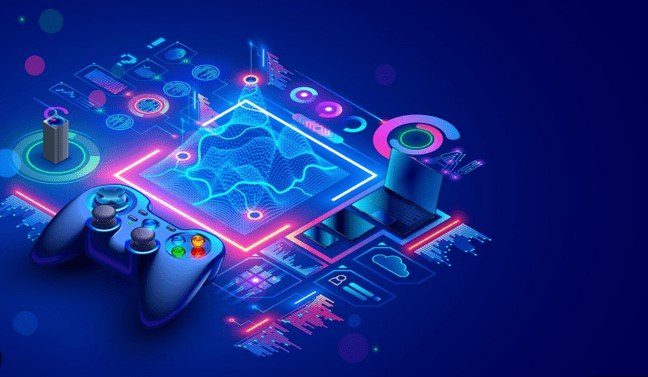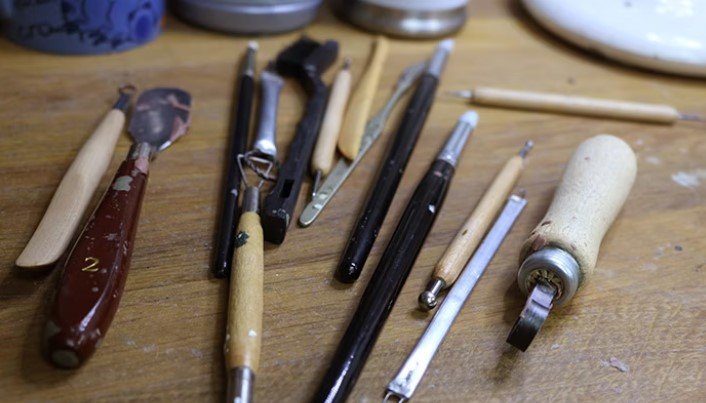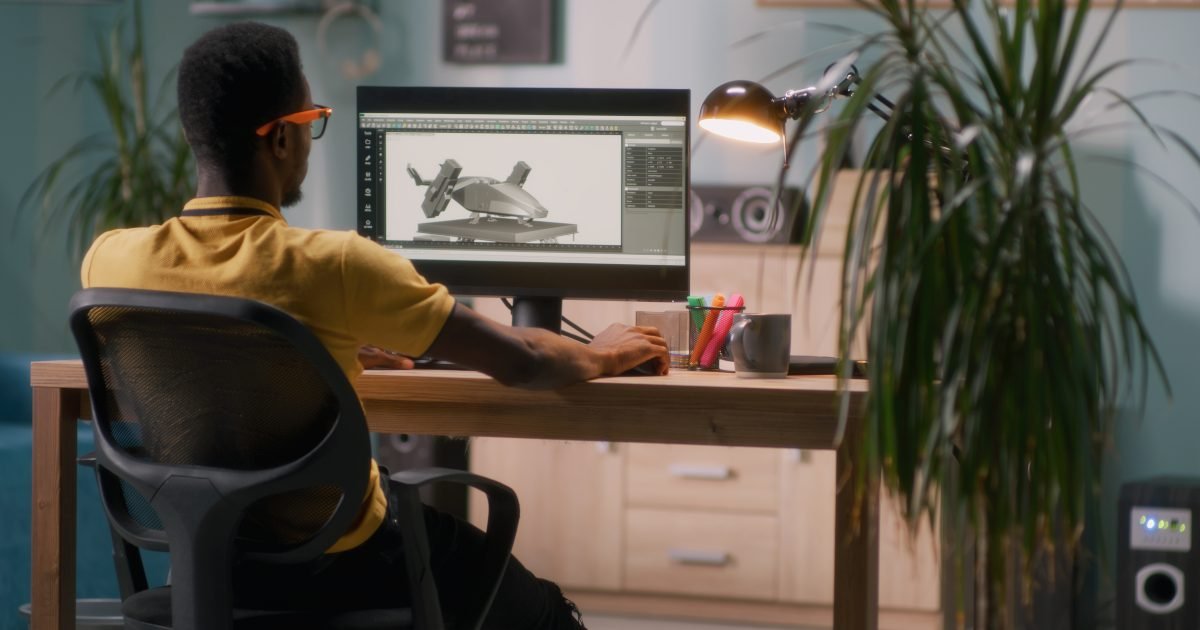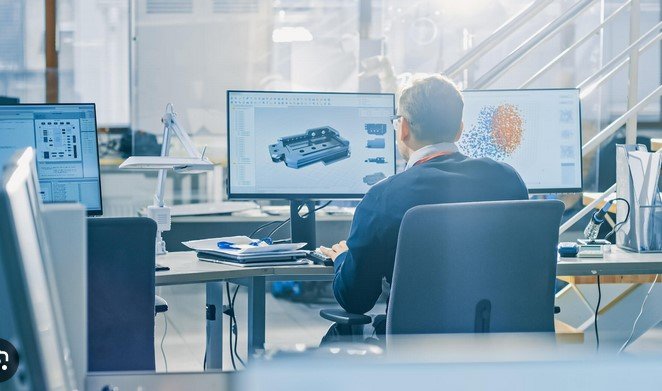3D artists rely on specialized tools to create, model, animate, and render their digital creations. Whether working in gaming, animation, architecture, or virtual reality, mastering these tools is essential to achieving high-quality results. This post explores the most commonly used tools in the 3D art industry.

1. 3D Modeling Software
3D modeling software forms the foundation of a 3D artist’s work. These programs allow artists to create and manipulate 3D objects and environments. Some of the most popular 3D modeling tools include:
- Blender: Blender is a powerful, open-source software favored by both beginners and professionals. It offers comprehensive features for modeling, sculpting, and animation.
- Autodesk Maya: Maya is known for its advanced modeling and animation capabilities. Many professionals use it in the film and game industries for creating complex models and animations.
- 3ds Max: 3ds Max, another Autodesk product, is widely used in architecture and game development for modeling and rendering.
- ZBrush: ZBrush excels at digital sculpting. It helps artists create highly detailed, organic models, especially for character design in games and movies.
These tools allow 3D artists to create everything from simple shapes to highly detailed, lifelike models.
2. Texturing and Shading Software
Once 3D models are created, artists apply textures and materials to give them realism or a unique style. Texturing tools add surface details, color, and other visual effects.
- Substance Painter: Substance Painter is one of the most popular texturing tools. It lets artists paint directly onto 3D models, adding intricate details like scratches, dirt, and weathering effects.
- Mari: Mari is commonly used in large-scale 3D projects, particularly in film production. It provides advanced texture-painting features for creating detailed textures.
- Adobe Photoshop: Photoshop, while primarily a 2D image editor, is still a vital tool in 3D texturing. Artists use it to create texture maps and bump maps for 3D models.
These tools help 3D artists create realistic or stylized textures that enhance their models and scenes.
3. Animation and Rigging Tools
Animation and rigging are essential for bringing 3D models to life. Rigging creates the skeletal structure for characters or objects, while animation adds movement to them.
- Autodesk Maya: Maya also leads in animation and rigging, offering powerful features for character rigging, facial animation, and motion capture integration.
- Blender: Blender includes a robust animation and rigging system, with a non-linear animation editor and character rigging tools for animators.
- Cinema 4D: Cinema 4D is widely used in motion graphics and visual effects. It offers intuitive rigging tools and a user-friendly interface for animators.
These tools enable animators to create smooth, realistic movements, making them crucial in game development, film, and advertisements.
4. Rendering Software
Rendering produces the final image or animation from a 3D model. The quality of rendering impacts the final output, and 3D artists use different rendering tools to achieve the desired effect.
- V-Ray: V-Ray is a popular rendering engine known for its photorealistic quality. It integrates with software like 3ds Max, Maya, and Rhino, and is used for both still images and animations.
- Arnold: Arnold is a high-performance rendering tool used in film and television. It handles complex scenes and offers advanced ray-tracing and global illumination features.
- Redshift: Redshift is a GPU-accelerated rendering engine commonly used in entertainment. Its fast rendering speed makes it ideal for motion graphics, VFX, and animation.
- Cycles (Blender): For Blender users, Cycles is a built-in rendering engine known for realistic lighting and rendering features. It offers high-quality results without the need for external plugins.
These rendering tools allow 3D artists to turn their models into stunning final images and animations.
5. Virtual Reality (VR) and Augmented Reality (AR) Tools
As technology evolves, virtual and augmented reality tools are becoming more important in 3D art, especially for artists working in gaming, architecture, and interactive media.
- Unreal Engine: Unreal Engine is widely used for creating VR and AR experiences. It provides a full suite of real-time rendering, lighting, and physics simulation tools, making it ideal for interactive environments.
- Unity: Unity is another popular game engine for developing VR and AR content. It supports a wide range of VR/AR devices and offers an intuitive environment for creating interactive 3D experiences.
- Oculus Medium: Oculus Medium lets artists create 3D models directly in VR. This tool provides an immersive experience where artists can sculpt and design in three-dimensional space using VR controllers.
With these tools, 3D artists can create immersive virtual worlds and interactive experiences.
Conclusion
3D artists use a variety of tools to create stunning digital artwork, from modeling and texturing to animation and rendering. Mastering tools like Blender, Autodesk Maya, ZBrush, Substance Painter, and Unreal Engine will help artists excel in their craft. As technology evolves, staying up-to-date with the latest tools will keep 3D artists competitive and capable of tackling new challenges in the industry.




